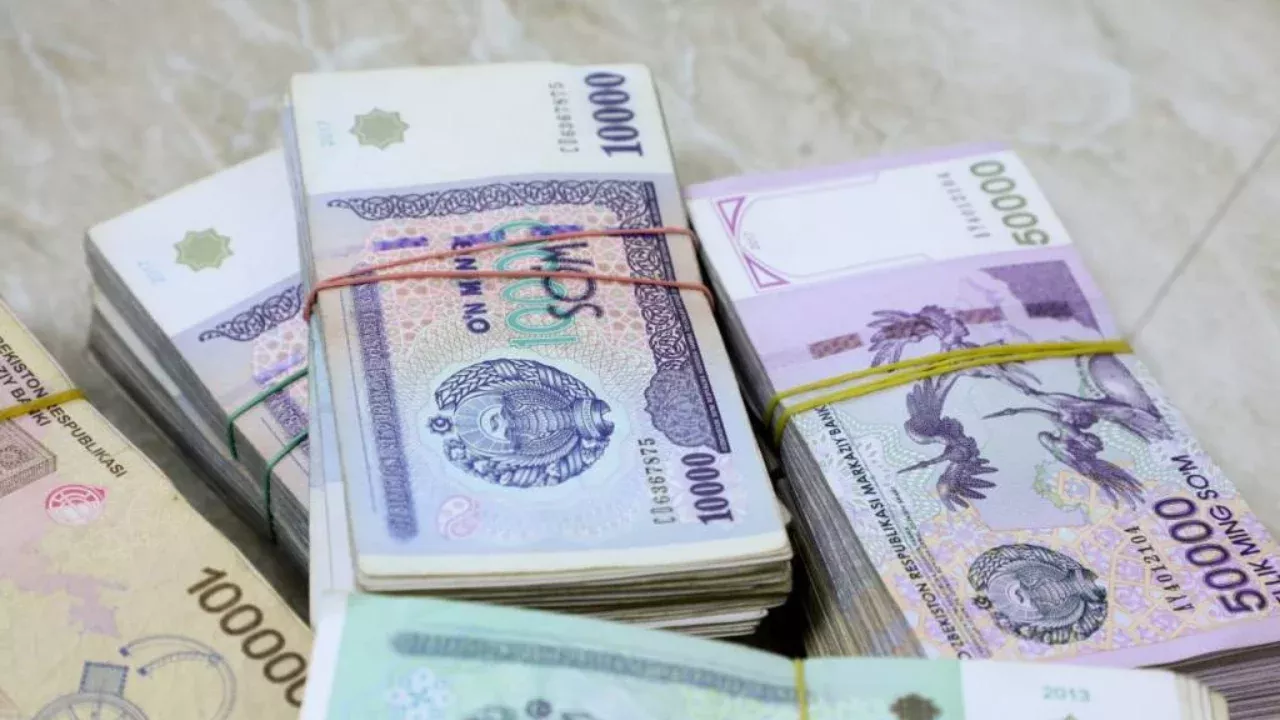
Monthly incomes of the population in Uzbekistan are increasing significantly. This was reported by Zamin.uz.
According to the data of the State Statistics Committee for January-September 2025, the average nominal salary across the republic reached 6 million 166.9 thousand soums, which is a 19.2 percent increase compared to the same period last year. Among the regions, the city of Tashkent leads.
Here, the average salary amounted to 10 million 379.6 thousand soums, increasing by 18.7 percent compared to 2024. Salary growth is also observed in the regions.
For example, in Samarkand, the average salary reached 4 million 853.3 thousand soums, with a growth rate of 24.8 percent. Monthly salaries increased by more than 19 percent in Namangan, Sirdaryo, Fergana, and Jizzakh regions as well.
By types of economic activity, the largest growth was recorded in the entertainment and recreation sector. In this sector, the average salary reached 5 million 114.7 thousand soums, increasing by 22.8 percent.
Salary growth was also observed in the education sector, reaching an average of 4 million 188.5 thousand soums, which indicates a 19.8 percent increase. In the transport and logistics sector, the monthly salary was 9 million 382.1 thousand soums, growing by 16.7 percent.
In the information and communication sector, the salary reached 14 million 985.8 thousand soums, increasing by 16.6 percent. In industry, the average salary amounted to 7 million 301 thousand soums, rising by 16.3 percent.
In the construction sector, the salary reached 6 million 342.6 thousand soums, increasing by 9.2 percent. The average salary in the trade sector was 6 million 875.6 thousand soums, and in accommodation and food services, it was 5 million 122.8 thousand soums.
In healthcare and social services, the salary reached 3 million 765.4 thousand soums, increasing by 14.6 percent. The highest monthly salary was recorded in the banking, insurance, and credit sectors — 16 million 828.9 thousand soums, indicating a 15.6 percent increase.
According to experts, such growth in salaries indicates economic stability in the country, increased production activity, and the creation of new jobs. Differences across regions and sectors reflect the varying levels of economic potential and investment environment development (source: State Statistics Committee).







